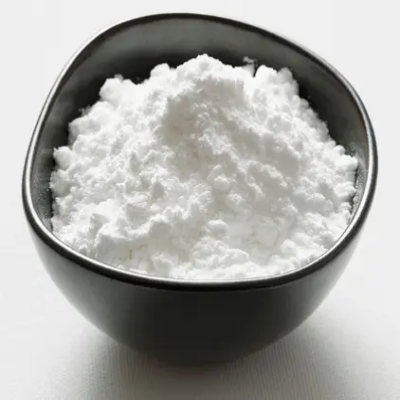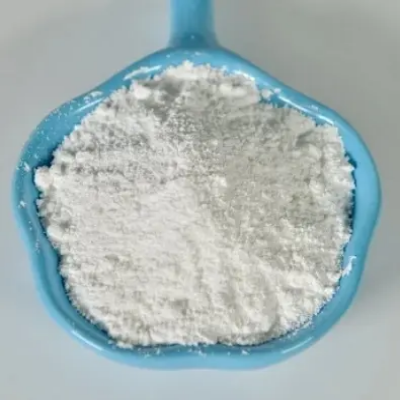L-4-(2-Amino-1-hydroxyethyl)-1,2-benzenediol bitartrate CAS:69815-49-2
L-4-(2-Amino-1-hydroxyethyl)-1,2-benzenediol bitartrate is a significant biochemical compound, commonly recognized as a derivative of L-DOPA (levodopa), with the molecular formula C₉H₁₃N₁O₄·C₄H₆O₆. This molecule contains a catechol ring that features both an amino group and a hydroxyl group at strategic positions, contributing to its role as a crucial precursor in the biosynthesis of dopamine. Dopamine plays an essential role in various neurological processes, including mood regulation, motor control, and reward pathways. One of the primary clinical applications of L-4-(2-amino-1-hydroxyethyl)-1,2-benzenediol bitartrate is in the management of Parkinson's disease. Patients suffering from this neurodegenerative disorder experience a significant deficiency in dopamine production due to the degeneration of dopaminergic neurons. By providing an exogenous source of L-DOPA, the bitartrate form enhances the synthesis of dopamine within the brain, alleviating symptoms such as tremors, rigidity, and bradykinesia. The bitartrate salt form of L-DOPA improves its solubility in water, which facilitates better absorption by the gastrointestinal tract when administered orally. This enhanced bioavailability is critical for achieving effective therapeutic concentrations in the bloodstream and ensuring that dopamine reaches the central nervous system efficiently. Beyond its use in Parkinson's treatment, research has indicated potential applications of L-4-(2-amino-1-hydroxyethyl)-1,2-benzenediol bitartrate in addressing other neurological disorders characterized by dopamine dysregulation, such as depression and ADHD. As ongoing studies explore its broader implications, scientists are investigating the compound's pharmacokinetics, long-term effects, and any potential side effects associated with prolonged use. In summary, L-4-(2-amino-1-hydroxyethyl)-1,2-benzenediol bitartrate is a vital compound in neuroscience, particularly relevant for its role in treating dopamine-related disorders. Its unique chemical structure and the advantages of its bitartrate form underscore its importance in therapeutic applications, while ongoing research continues to unveil its full potential in the realm of mental health and neuropharmacology.



| Composition | C12H19NO10 |
| Assay | 99% |
| Appearance | white powder |
| CAS No. | 69815-49-2 |
| Packing | Small and bulk |
| Shelf Life | 2 years |
| Storage | Store in cool and dry area |
| Certification | ISO. |









